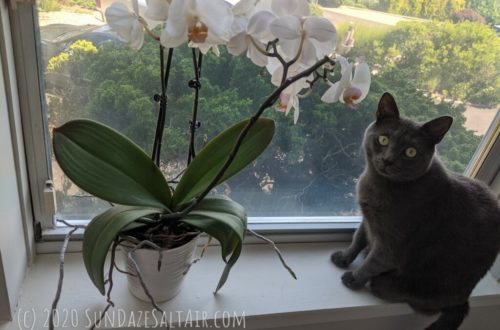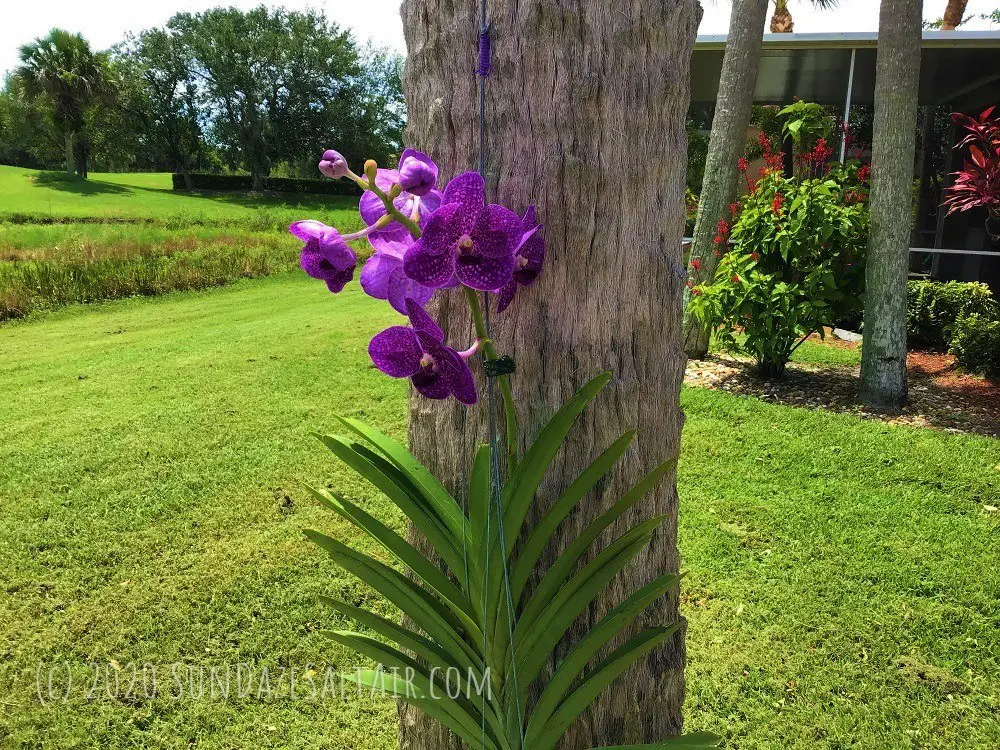
How To Water & Fertilize A Vanda Orchid For Maximum Blooming Potential
Everything You Need To Know To Water & Fertilize Your Vanda Orchid
Renowned for their large, long-lasting, show-stopping blooms in a rainbow of rare and vibrant colors, vanda orchids are definitely in a class by themselves. So much so that their blossoms are used to create the famous Hawaiian leis, an enchanting symbol of welcome, love and “aloha” spirit around the world. Under the right conditions, the vanda orchid has the potential to bloom all year round, up to four times per year. Plus, each blooming period lasts a long time with flowers lasting up to a month or even longer. In order to produce vanda’a beautiful blooms, however, vandas have some very exacting requirements, one of which is copious amounts of water. This latest in my series of orchid care and cultivation posts is dedicated to sharing the best tips on how to water and fertilize a vanda orchid for maximum blooming potential.
If you are interested in how you can easily grow your own captivating vanda on a tree see, “How To Mount Or Attach Your Vanda Orchid To A Tree”
Vanda Orchid’s Demanding Water Requirements
The exotic, tall spray of long-lasting, often sweet-scented floral blooms in an assortment of striking colors makes the vanda a symbol of tropical beauty around the world. However, the process of getting vanda’s beautiful exotic flowers to bloom outside of the tropics can often be quite a challenge. This is thanks to vanda’s seemingly insatiable and particular requirements, one of which is large amounts of water. As a result of their Southeast Asian rainforest roots, vandas, more so than most orchids, demand high amounts of moisture and humidity, as well as heat and light.
A Well-Cared For Vanda Is A Blooming Vanda
View Orchid Care As A Tranquil, Meditative Escape In Each Day
Just a reminder that, rather than viewing watering your vanda as a chore, instead, view it as one step closer to the most beautiful, eye-catching spray of flowers. Plus, following these tips makes caring for your vanda so easy that you should be able to relax and enjoy the tranquil, meditative aspects of tending to your orchids and entire garden.
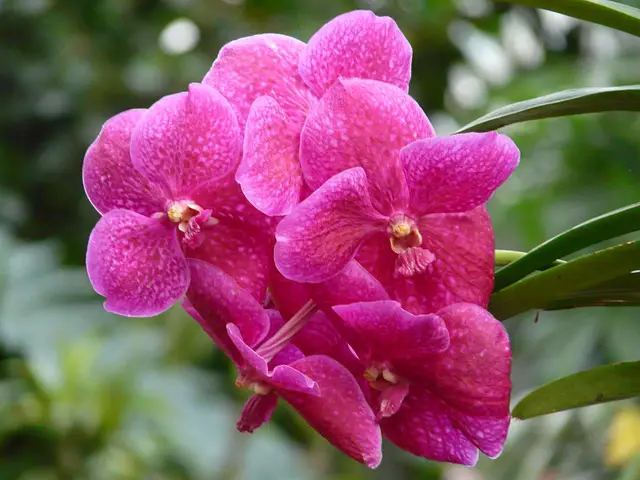
********
How To Water & Fertilize A Vanda Orchid for Maximum Blooming Potential? Remember Hotter Temperatures & Stronger Light Means More Water
The ideal conditions of warmth and light that most tropical vandas thrive under requires at least daily watering during summer, as well as when your vanda is blooming.
Provide Vanda with More Hydration During Hot Summer Months & Peak Growing Season
That’s right. While your particular type of vanda may have specific preferences when it comes to sunlight, generally, vanda tolerates temperatures up into the mid-90’s Fahrenheit (35 degrees Celsius) quite well so long as you follow the vanda rule: the hotter the temperature, the more water your vanda should get.
From spring until fall, vanda is in its growing phase plus days are hottest and sun is strongest, so daily watering is important for the optimum health and blooming potential of your orchid. Some growers in Southern, tropical latitudes are known to prefer to water twice a day. In the tropics or subtropics, this is reasonable since extremely hot summers can dry out your orchid especially if your vanda receives more light. It is always important to consider your orchid’s light exposure and to check its roots to determine if it is “thirsty.”
Are Your Vandas in Bloom? If So, Increase Their Water
Vandas in bloom are especially prone to drying out since blooming requires a large amount of energy. Be sure to water your vanda thoroughly during blooming periods by following the instructions down below.
Bottomline:
When providing tropical vanda with the warm temperatures and sunlight it desires, whether outside or in a greenhouse, it is imperative that you also supply it with plenty of moisture. Not to mention, warmer temperatures and high humidity promote vanda growth, which means more energy is expended by your plant. As a result, vandas need to consume greater amounts of water, as well as nutrients.
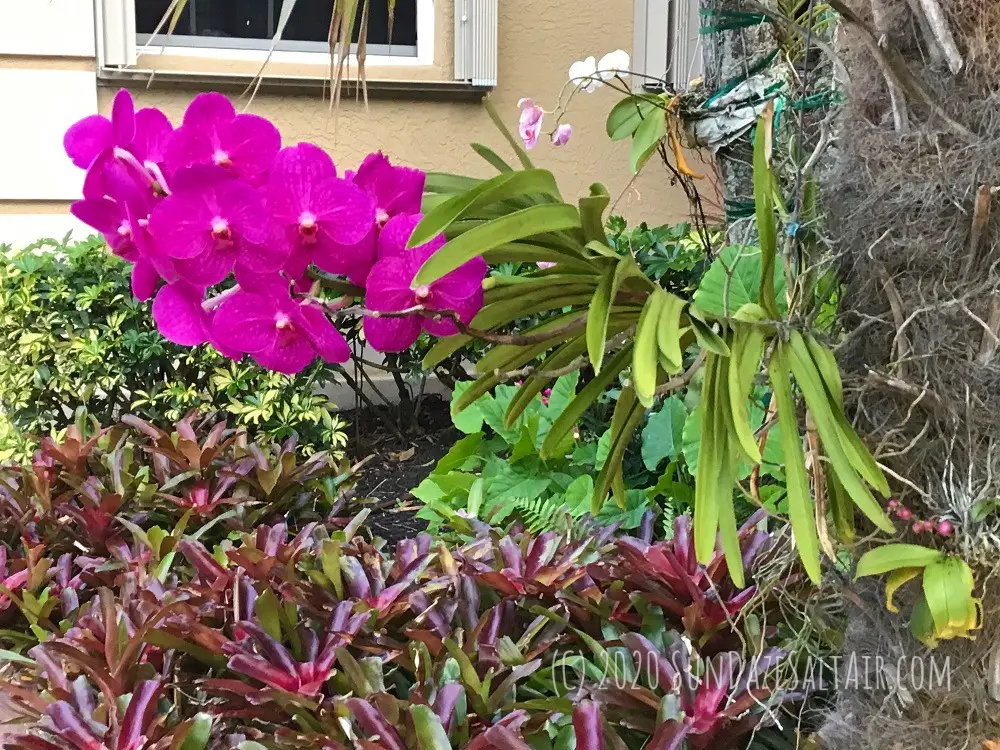
********
How To Water & Fertilize A Vanda Orchid For Maximum Blooming Potential?
Water Vandas Less Frequently During the Slower Growing, Cooler Seasons
During the rest of the year, however, it is fine to reduce your vanda watering routine. As we head into later fall and winter, as the sun weakens and temperatures cool, you will want to cut back on daily watering. With a temperature drop, you can reasonably reduce your vanda watering schedule to once every two to three days instead of every day.
********
For How Long & What Time of Day Should You Water Your Vandas?
If you, like me, live in a warm and tropical or sub-tropical climate, during summer you should aim to water your vandas early in the day for anywhere from fifteen minutes, monitoring roots for signs of hydration. Some growers in the tropics water again for another ten to fifteen minutes during the hottest part of the day depending on the amount of light their vandas receive. Check your vanda’s roots and if they are green, there is no need for additional water.
I find that a good, generous morning soaking can often do the trick to satisfy my orchids. Of course, my vandas are a bit shaded from ultra- intense summer rays, so if yours are more exposed, twice daily water may be right for your plants.
Water Early
The rationale for watering early in the day as opposed to late afternoon is to give your vanda plenty of time to dry off before nightfall. Following an early watering schedule helps minimize the chance of root rot and fungal disease.
On days when you receive heavy tropical rain or afternoon storms, you can skip the afternoon watering as your vanda will love the heavy rains.
What Signs Tell You to Water Your Vanda? Look At the Color of Your Vanda’s Roots
You will know your vanda is thirsty when you observe that its multiple air roots are greyish, whitish or silvery in color. These colors indicate dry vanda roots prior to watering. As you begin watering your vanda, you should notice these roots transform into a bright green. Once most of the roots have turned this vibrant green shade, you can be assured your vanda is well hydrated.
While the roots are a good indicator, a brief watering will not always satisfy your vanda in extreme heat. Plus, if you want your vanda to bloom, which requires a lot of energy, again, aim for a though soaking of roots in a bucket or with a hose. This is explained in more detail in the instructions down below. You need not do this all at once. If you have the time, watering in intervals a couple times per day can also be beneficial during the hottest days.
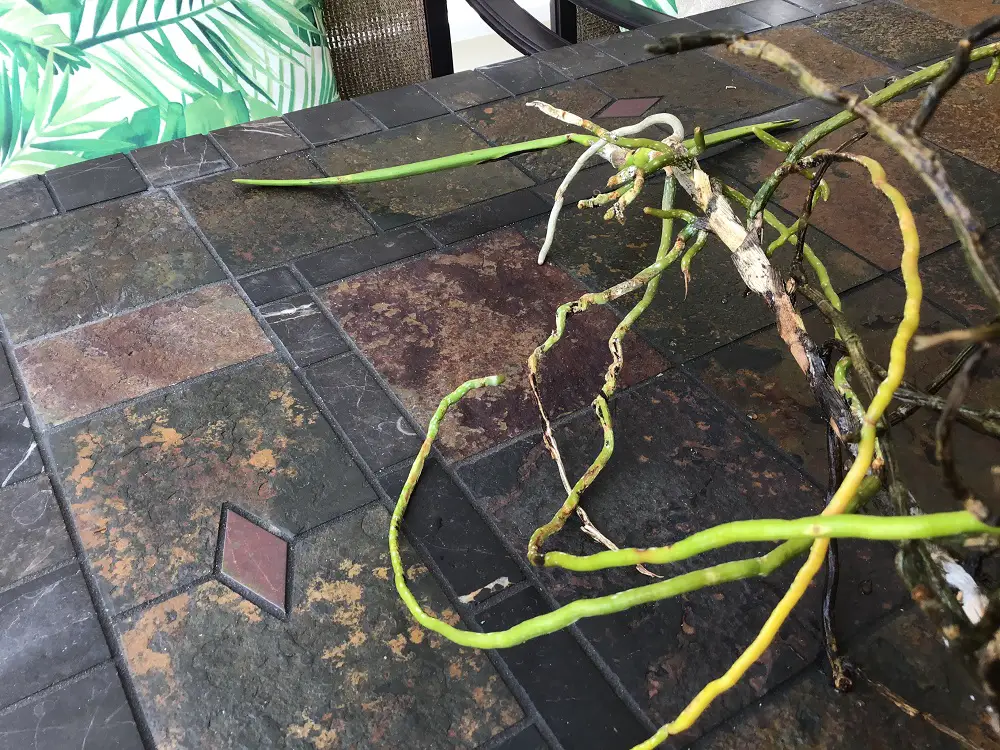
********
Two Methods to Water Your Vanda Orchids for Maximum Blooming Potential
You can see the new root growth, in less than two months of following this regimen, in the third photo down below. All the brand-new roots began to form in just the last six to seven weeks of following this watering routine.
Once you have decided how often to water your vandas, according to the climate where you live and the time of year, follow these watering guidelines:
Vanda Watering Method #1: How to Water Vandas on Trees or in Baskets Using the Spray Method:
Best For: Vandas mounted to trees or hanging in baskets
First, as stated above, make it a point to water early to prevent rotting issues. Use your hose or spray bottle and aim it so the water hits only your vanda’s roots, avoiding the crown, stem and leaf areas. With a hose, make sure the spray is relatively soft so as not to damage your vanda’s delicate roots. You also do not want to aim deliberately at those areas where water could collect. If you do get water on or in the crown, stem or leaves, you can gently wipe it away to avoid rot in these spots but usually the sun will take care of this if you water early enough.
If your vanda is growing outside in the tropics on trees or in hanging baskets, it has considerable advantages over potted cousins. Critically, the heat and ventilation it receives throughout the day allows its roots to dry out, reducing the likelihood of rot compared to potted orchids.
For How Long Should You Water Vandas on Trees or in Baskets Using the Spray Method?
As discussed above, a lot depends on your climate and the light exposure your plant receives, but the roots should appreciate anywhere between five, ten or fifteen minutes. As you spray, you should observe the roots change color from silvery to green. If you want, you can break up the watering to a couple of minutes two or three times a day. As long as the roots appear well-hydrated, it should satisfy your vanda’s daily water requirements, but know that a bit more water is beneficial in promoting flowering in very hot summers.
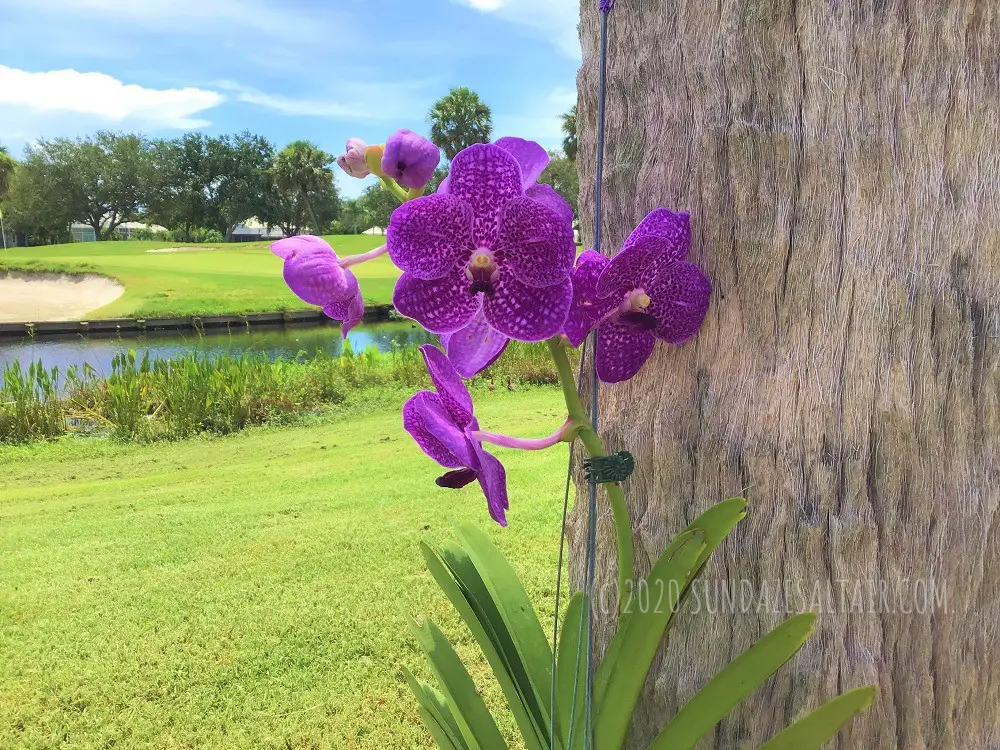
Vanda Watering Method #2: How to Water Vandas in Baskets Using The “Bucket” “Dunk” Method:
Best For: Vandas in baskets or other indoor vandas that fit inside a bucket
Fill up a large bucket with room temperature water high enough to cover your vanda’s roots. Submerge your vanda in its basket into the bucket high enough to cover your vanda’s roots while keeping the crown and leaves dry. I hang my vanda’s basket from the back of a chair which I place just close enough to the bucket so the roots are submerged but not the crown. You can see this illustrated in the photo below.
For How Long Should You Water Vandas In Baskets Using The “Bucket” or “Dunk” Method?
Leave your vanda like this for approximately ten to fifteen minutes so its roots can absorb all the water they need and turn a vibrant shade of green. If you do get any water on the crown, stem or leaves, gently wipe them down to avoid crown, stem or leaf rot.
While you will be able to tell your vanda is hydrated when its roots turn green, you still may want to check the clock or use a timer to make sure your vanda gets the requisite ten to fifteen minutes per day. This helps satisfy your vanda’s thirsty roots in the heat while also reducing the chances of you leaving the house and forgetting your orchid in its bath. As mentioned above, you can stagger your watering routine to water both in the morning and some additional water in the afternoon. You can forego this on rainy summer afternoons or whenever you see your vanda’s roots are still green.
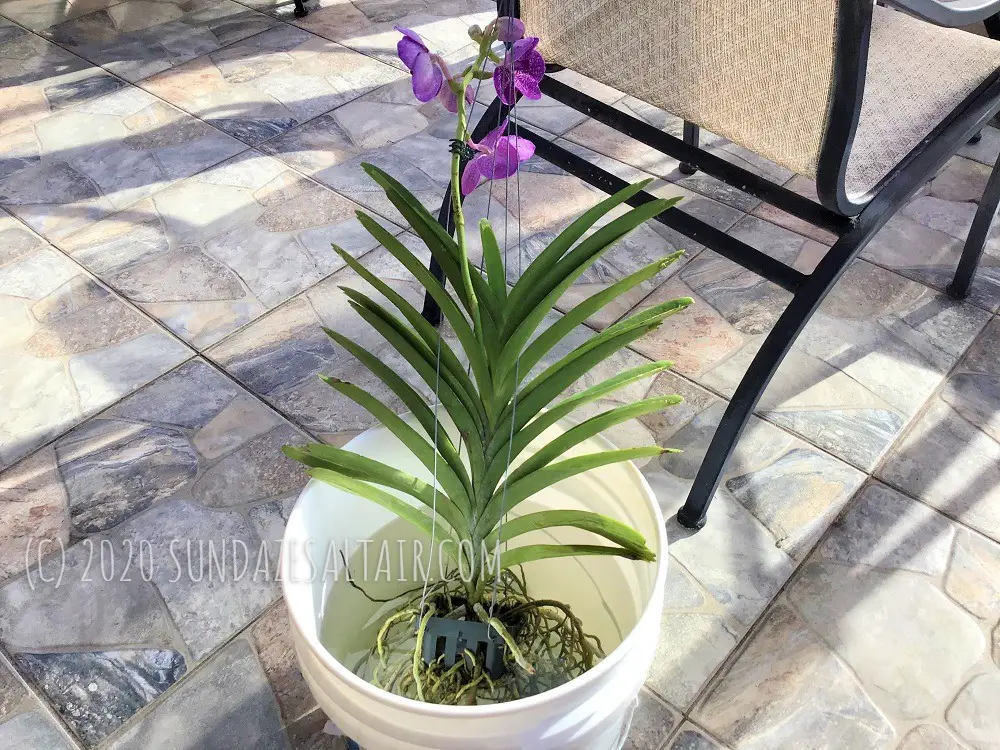
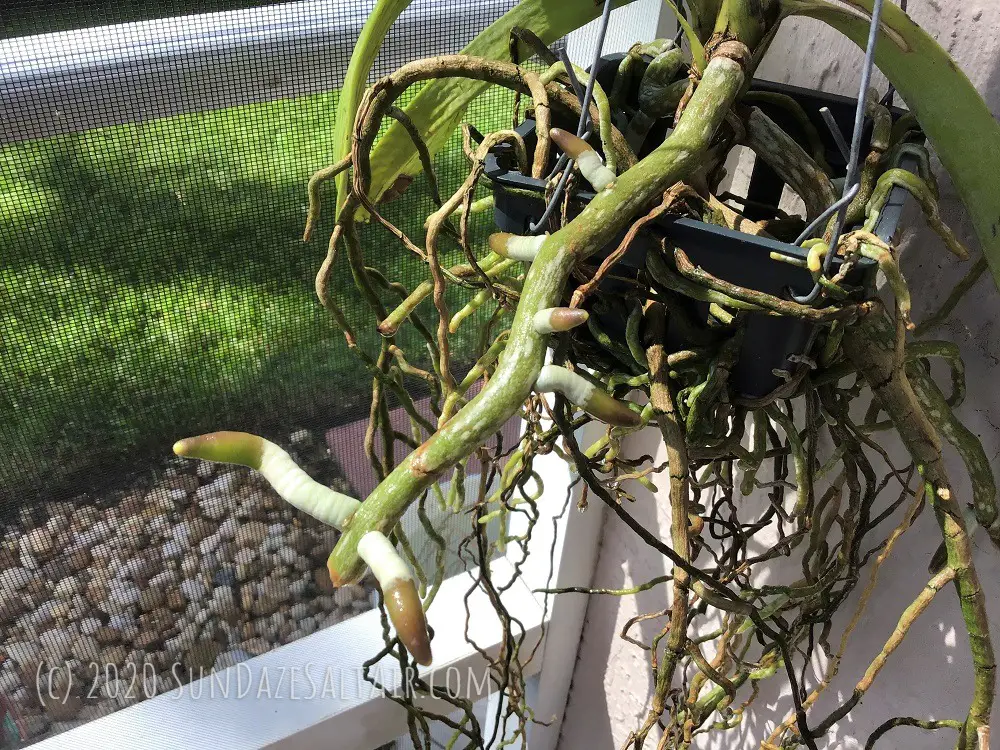
********
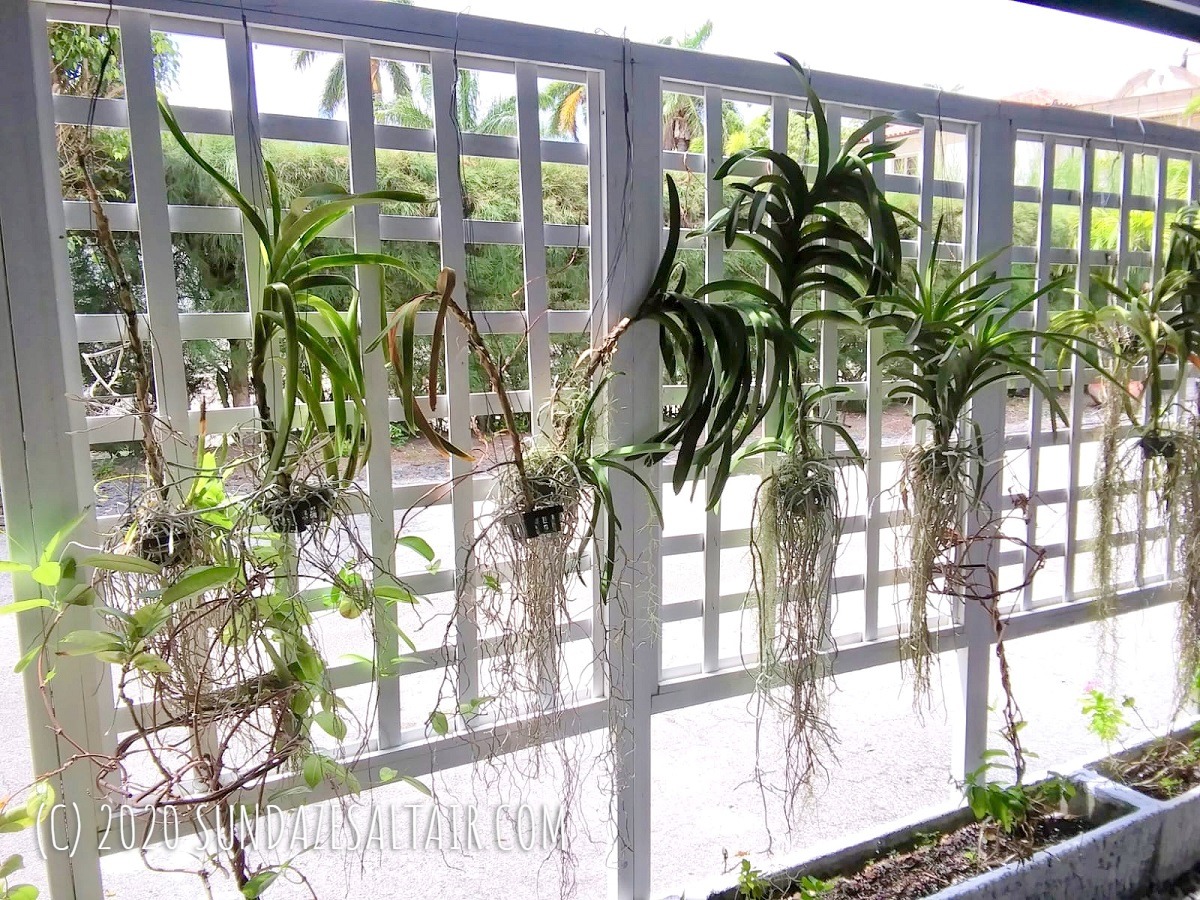
********
Why Is Fertilizing Your Vanda Orchid Important? Feed Your Vanda Vital Nutrients
“The grass is greener where it is fertilized.”
-Someone somewhere
It may seem obvious but it is often overlooked. A well-fertilized orchid is a thriving orchid. An orchid that receives just the right amount of fertilizer will not only retain its leaves longer and grow faster, it will also produce more flowers. Fertilizing is a delicate balance, however, because too much fertilizer can harm your orchid and even burn its roots. Not feeding your orchid enough fertilizer, on the other hand, can stunt your orchid’s growth and ability to flower.
How & When To Fertilize Your Vanda Orchid In Summer
To really promote abundant blooming from your Vanda, it is advised that you use a high phosphorous (10-30-20) orchid fertilizer once a month during the summer. I like to apply this fertilizer during the last week of the month and find it really boosts flowering. Once a week during the rest of the month, you can use a “balanced” orchid fertilizer. According to the American Orchid Society, you can apply this balanced orchid fertilizer, 20-20-20 NPK (or 19-19-19 NPK), also known as nitrogen (N), phosphorus (P) and potassium fertilizer, once a week during warm weather. To apply it, take one teaspoonful of water soluble 20-20-20 NPK fertilizer (or 19-19-19 NPK) and dissolve and mix it well in one gallon (or liter) of water.
Some recommend that you apply the diluted fertilizer spray to unwatered vanda roots for maximum effect. Others caution that this could increase the risk of burning your vanda’s delicate roots. I err on the side of caution and always thoroughly water my orchid’s roots with unfertilized water first before applying the fertilizer water. This prevents any possibility of burning. Whatever approach you choose to follow, fill a spray bottle with the fertilizer-water solution and “water” the roots of your vanda with this diluted NPK fertilizer solution no more than once a week.
More frequent fertilizing with less, or diluted, fertilizer is preferable to fertilizing with full strength fertilizer so you don’t risk burning your orchid’s delicate roots.
Should You Fertilize Your Vanda Orchid In Winter?
The short answer is no. For most orchids, growth slows down in winter months as they enter their dormant phase. As a result, fertilizing an orchid during this phase is pointless and may even be harmful while your orchid is slow growing. Start up your fertilization routine again in the spring as your orchid begins growing faster again.
Conclusion: Master How To Water & Fertilize Your Vanda Orchid For Maximum Blooming Potential
Along with plenty of warmth and light, tropical vanda needs a lot of moisture, particularly as the temperatures rise. Bookmark and follow these vanda watering tips so that each time you observe your vanda’s roots transform from silvery white to green, you can be assured you are one step closer to the most spectacularly beautiful and long lasting floral blooms to grace your garden…
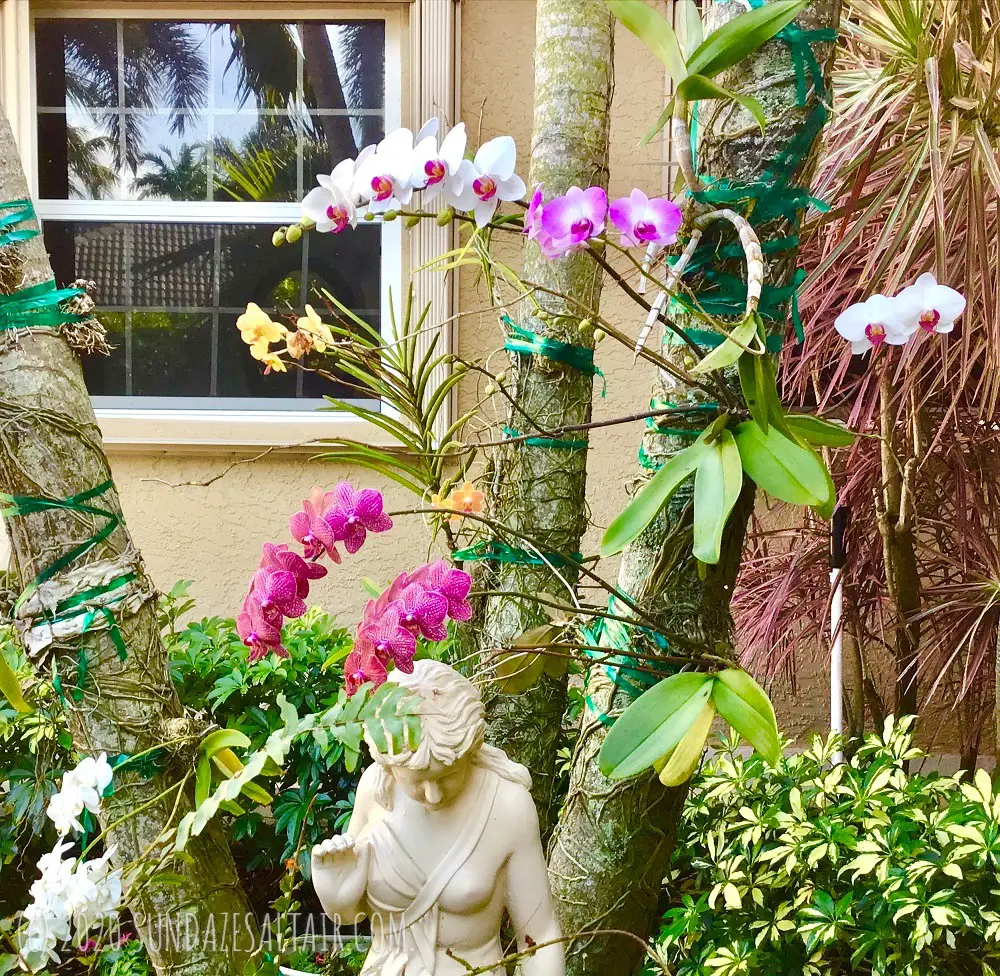
********
How do you water and fertilize your vandas for maximum blooming potential?


You May Also Like
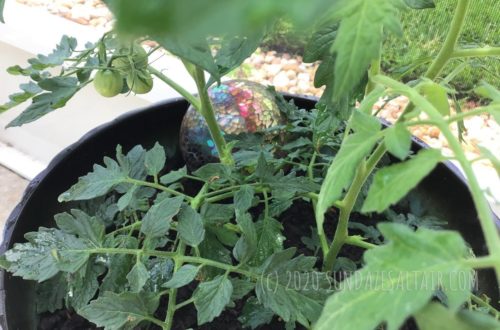
How To Grow Tomatoes In Pots Easily Without A Garden For The Tastiest, Freshest Tomatoes Ever
July 12, 2021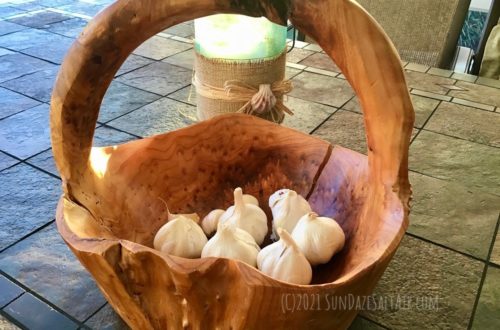
How To Grow Your Own Garlic This Winter For Amazing Flavor & Health Benefits
November 12, 2021